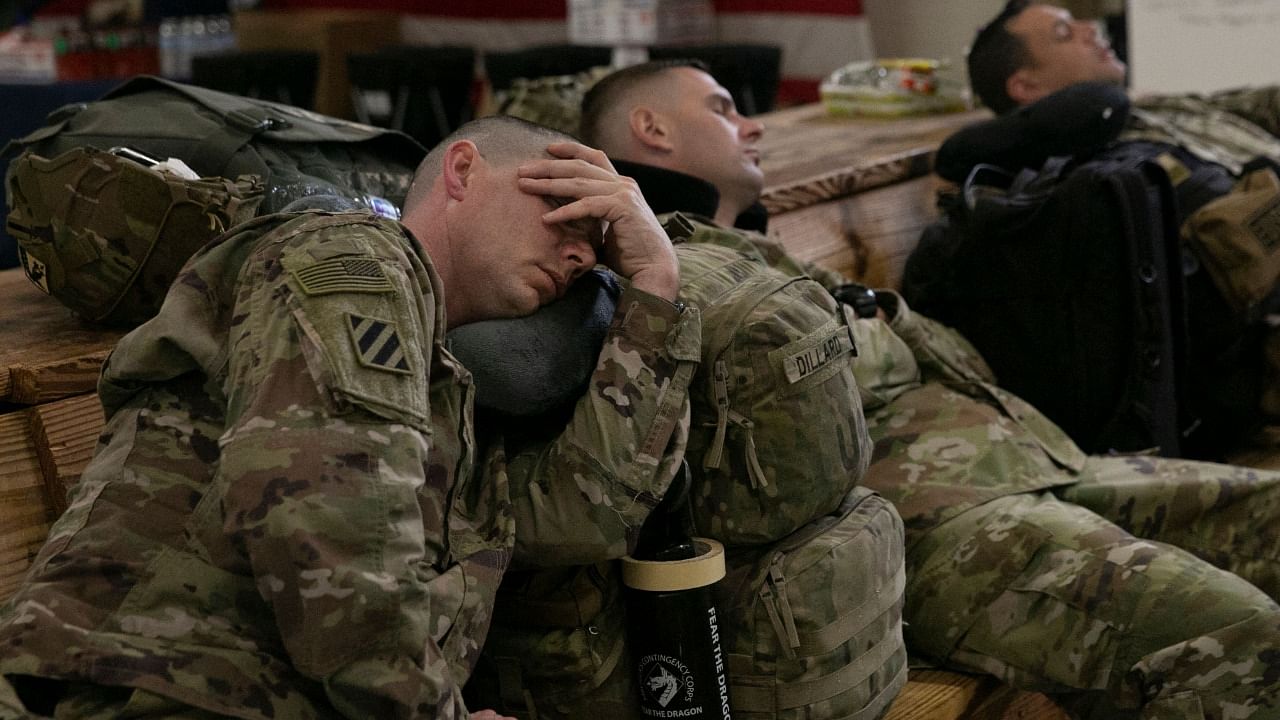
Whilst requesting to be deemed mentally unsound — in an attempt to escape the war — Dr Daneeka explains to Yossarian an army rule called ‘Catch 22’ – ‘If an individual has no fear of flying in bomber planes and conducting raids on German industrial infrastructure, that man is deemed mentally unsound’, but, if the individual were to seek medical discharge citing fear and stress, it’d be rejected as the individual was able to remain sane and perceive a threat! NATO, and the 127,000-plus Russian forces stationed across the Ukrainian border currently are in a similar predicament.
An intervention would lead to a frivolous war nobody wants to get involved in; but NATO’s passiveness towards Russian aggrandisement could send a negative message citing the weakness of the American security umbrella post-Afghanistan withdrawal in 2021. Policymakers in Washington are in a Catch-22 situation. Despite the US-Russia meetings, the crisis over Ukraine might have simmered down, but it has by no means been resolved.
Why are the Russian forces massed along the Ukraine border? Unlike the Crimea, Sevastopol and Donetsk, western Ukraine is relatively less industrialised and has little to no strategic importance for Moscow. The root of the current crisis rather goes back to the Yeltsin era: Russia was apparently given to understand that post-Cold War, Europe would see the dissolution of NATO, just as the Warsaw Pact was dissolved. Then US Secretary of State James Baker, in exchange for Russian cooperation on German reunification, is said to have given a verbal guarantee on halting NATO expansion, which Mikhail Gorbachev accepted.
This verbal agreement was broken in 1999, when Poland, the Czech Republic and Hungary were inducted into NATO. Further, in 2004, six more countries were inducted into NATO, including Latvia which borders Russia. Article 5 of the NATO charter proposes a collective security mechanism. Therefore, any East European nation joining NATO will pose as a security dilemma to Moscow that reduces Moscow’s footprint in East Europe — a region critical for Russia as it forms a buffer zone for the Russian heartland against the European plane, which forms a conduit from the Netherlands in the west to the Ural Mountains in the east, leaving 2,000 km of the Russian border exposed, with no natural defenses. Hence, from time immemorial, Russian policy has been ‘defensively offensive’.
In 2008, Russian forces invaded Georgia, and thus began a new trend of Moscow re-asserting its influence in the region. A similar act was seen in 2014, when Russia engaged in hybrid warfare and gained control of the Crimea, Luhansk and Donetsk regions of Ukraine.
Following the US withdrawal from Afghanistan in 2021, the idea of an American ‘security umbrella’ has become suspect worldwide. Seeking to take advantage of this, Putin set out to play a game of chicken with NATO: A re-configuration of the European security architecture, and “respecting” Moscow’s sphere of influence are his goals. NATO, on the other hand, wants to avoid a conflict, as European nations depend on Russia for natural gas supplies. Furthermore, Russian ties with Germany over the Nord Stream 2 pipeline would be affected.
A war could prove costly for all sides, but remember that Russia has foreign exchange reserves of more than $560 billion. Which means that western sanctions on oligarchs, government officials and Nord Stream 2 will not be enough to deter Kremlin from playing this game.
According to Chris Miller and Edward Fishman, sanctions must be punitive if the goal is to deter Russia, as they were in the case of Iran. So, big Russian banks like Sberbank have to be sanctioned. Doing so would force Kremlin to bail them out to prevent a domestic financial crisis, companies would slash investments, and real incomes would fall due to inflation. Doing so would put the ball back in Putin’s court.
A war could see troops being deployed not just from the Russian and Belarusian borders but also from regions controlled by Russian-backed separatists. This would be a lose-lose situation for all. So, an immediate stalemate, whilst talks get underway, is the best result that can come out of this geopolitical tussle. NATO giving in to a few sub-demands from Putin’s 8-point list, such as on Article 7, wherein NATO member-states shall not conduct any military activity within Russia’s sphere of influence; or Article 2, which states that the parties would use multilateral consultations and the NATO-Russian Council to address points of contention.
It is clear that nobody wants a war. Russia found a power vacuum and ‘probed’ the strength of the American security umbrella to assert its position in East Europe. Despite the massive Russian troop deployments, and the US sending troops nearby, the NATO chief has made it clear that the alliance would not send combat troops to Ukraine. This gives both parties a way out of the Catch-22 situation. And a chance to spin narratives of victory at home.
(The writer is a PhD scholar in Russian and Central Asian studies at JNU)